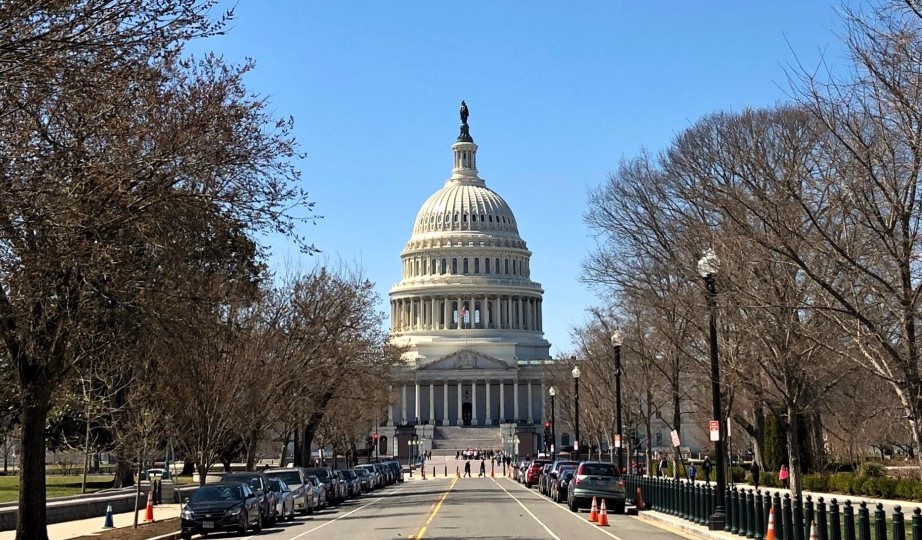
By Michael C. Loulakis and Lauren P. McLaughlin
When unanticipated soils are encountered on projects, contractors and owners may find themselves in opposite camps almost immediately. Contractors typically rely on differing site conditions, known as DSC, or changes clauses to seek recovery of excess costs. Owners sometimes rely on disclaimers in the bid documents and other exculpatory clauses alerting bidders that they are not entitled to rely on the information provided and that they bear the risk for any conditions encountered. While disclaimers are intended to shield owners from liability for geotechnical information furnished at bid time, DSC clauses may be at odds with those disclaimers, creating ambiguity.
In this month’s case, we highlight a recent opinion from a New Jersey appellate court in Scafar Contracting Inc. v. City of Newark that interpreted the legal effect of certain disclaimers on a contractor’s claim.
The case
The disputes concerned an award to construct a combined sewer overflow facility for the city of Newark, New Jersey; the project involved extensive excavation. The request for bids included the removal of an estimated 7,000 tons of nonhazardous soil and 10,000 tons of hazardous soil. Scafar Contracting Inc. submitted a bid for approximately $10 million, which the city accepted. The contract between the parties contained a DSC clause that stated:
Should concealed conditions encountered in the performance of the Work below the surface of the ground ... be at variance with the conditions indicated by the Contract Documents, or should unknown physical conditions below the surface of the ground ... differing materially from those ordinarily encountered and generally recognized as inherent in work of the character provided for in this Contract, be encountered, the Contract Sum shall be equitably adjusted by Change Order upon claim by either party made within twenty days after the first observance of the conditions.
The contract also contained several disclaimers regarding the accurate description of the site conditions contained in the RFB documents such as: 1) the information was provided for general purposes only and could not be grounds for a claim against the city; 2) the city did not warrant the accuracy of the information; 3) the information could not be relied on by the contractor, which was responsible for conducting its own independent subsurface investigation; and 4) the contractor could not draw inferences or conclusions from the information when planning the means or methods of construction.
Additionally, one provision of the RFB documents stated that a contractor’s submission of a bid was an affirmative representation that the bid documents contained sufficient information to enable the contractor to form its bid:
The submission of a Bid will constitute an incontrovertible representation by Bidder that Bidder has complied with every requirement … that without exception the Bid is premised upon performing the Work required by the Bidding Documents and applying any specific means, methods, techniques, sequences or procedures of construction that may be shown or indicated or expressly required by the Bidding Documents, that Bidder has given (the city’s engineer) written notice of all conflicts, errors, ambiguities and discrepancies that Bidder has discovered in the Bidding Documents ... and that the Bidding Documents are generally sufficient to indicate and convey understanding of all terms and conditions for performing the Work.
The RFB documents contained test boring logs and a report that indicated the presence of brick, building debris, and metal fragments in the fill material. Silty clay and silty sand were noted as being below the level of fill. While Scafar was completing the work, its efforts to install a cofferdam were hindered by subsurface debris, which Scafar alleged to extend deeper than in the logs and report. Scafar filed a $1.6 million claim based in part on having encountered DSCs.
Scafar was unsuccessful in its attempt to obtain a summary ruling on its DSC claims, arguing that the DSC clause entitled it to additional payment for its expenses. It also tried unsuccessfully to preclude the jury from seeing the exculpatory clauses. The jury found in the city’s favor. Scafar appealed.
The appeal
Scafar’s appeal was primarily based on the argument that the trial court wrongly denied its motion for summary judgment, as contractual exculpatory clauses cannot trump DSC clauses. It also argued that by allowing the jury to see the exculpatory clauses, the trial court “tainted the verdict by confusing the jury as to the law.” The appellate court dismissed both arguments and affirmed the lower court’s ruling.
As to the motion for summary judgment, the appellate court found that a question of fact existed as to whether the subsurface obstructions that delayed installation of the cofferdam differed from those represented by the bid documents. It noted that the project manual disclosed that the site had been the location of warehouses, factories, and other structures and that the contractor would be expected to remove “old uncharted foundations, rubble from former structures, timber piling[,] and concrete pipe, concrete pipe supports, [and] timber cribbing ... that may contain debris such as tires, cinders, glass, ash, wood, metal and steel.”
Other sections of the RFB stated that the soil comprised “9 to 17.5 feet of fill,” which included “silty sand with gravel, brick, building debris, wood, and metal fragments.” These representations were sufficient to require that the issue of whether there was a DSC go to the jury — the ultimate fact finder in the case.
The appellate court also found that another contract provision supported the trial judge’s denial of summary judgment of any claim Scafar had against the city based on the bid documents:
It is also understood and agreed that the Bidder or the Contractor will not use any of the information made available to [Bidder] … in any manner as a basis or ground of claim or demand of any nature against the [City or (its engineer)], arising from or by reason of any variance which may exist between the information offered and the actual materials or structures encountered during construction.
Scafar argued that if exculpatory clauses are allowed to “swallow the rule” with respect to DSC clauses, such an interpretation would “undermine the stability within the construction industry [which] … rel[ies] on the use of the DSC clause in exchange for lower construction costs.” The appellate court concluded that DSC and exculpatory clauses may validly coexist in the same contract. Looking at New Jersey and federal precedent, the court noted that while general disclaimers of liability for inaccurate representations of site conditions will not defeat a DSC, specific disclaimers can. The court found that some of the disclaimers in the contract met that standard for specificity, particularly as to the right to rely upon the test results.
Analysis
The fact that the appellate court upheld the trial court’s decisions is not surprising. Remember that summary judgments are granted based on undisputed material facts. The determination of whether a particular site condition meets the standard for being a DSC is factually intensive. One person could find that a DSC exists, while another person could find that the condition was reasonably expected to be encountered based upon information provided. This is not to say that the jury got the answer right. However, that is always the risk of going to a jury, and those jury determinations are not easily appealed.
The appellate court’s decision cited the Spearin doctrine and acknowledged that when the government makes a positive statement of fact about the character of work to be performed, the contractor may reasonably rely on that information. However, the court also cited precedent that the contractor must also absorb expenses that would have been avoided if the contractor had been “conscientious in its investigation.” Here, the court noted that the contractor did not conduct a site visit during its bid. This is also consistent with case law from around the country.
What is more challenging is the appellate court’s discussion of exculpatory clauses. It was unclear as to which contractual disclaimers fit the specificity standard and which ones did not. From a practical perspective, it did not matter, as the jury’s decision could have been based on the grounds that there was no DSC. But based on the language cited above, the disclaimers certainly seemed to the authors to be more general than specific. There is a lesson to learn from this: Beware of jury trials!
Michael C. Loulakis (mloulakis@ cp-strategies.com) is the president and CEO of Capital Project Strategies LLC in Reston, Virginia. Lauren P. McLaughlin ([email protected]) is a partner of Smith, Currie & Hancock LLP in Tysons, Virginia.




